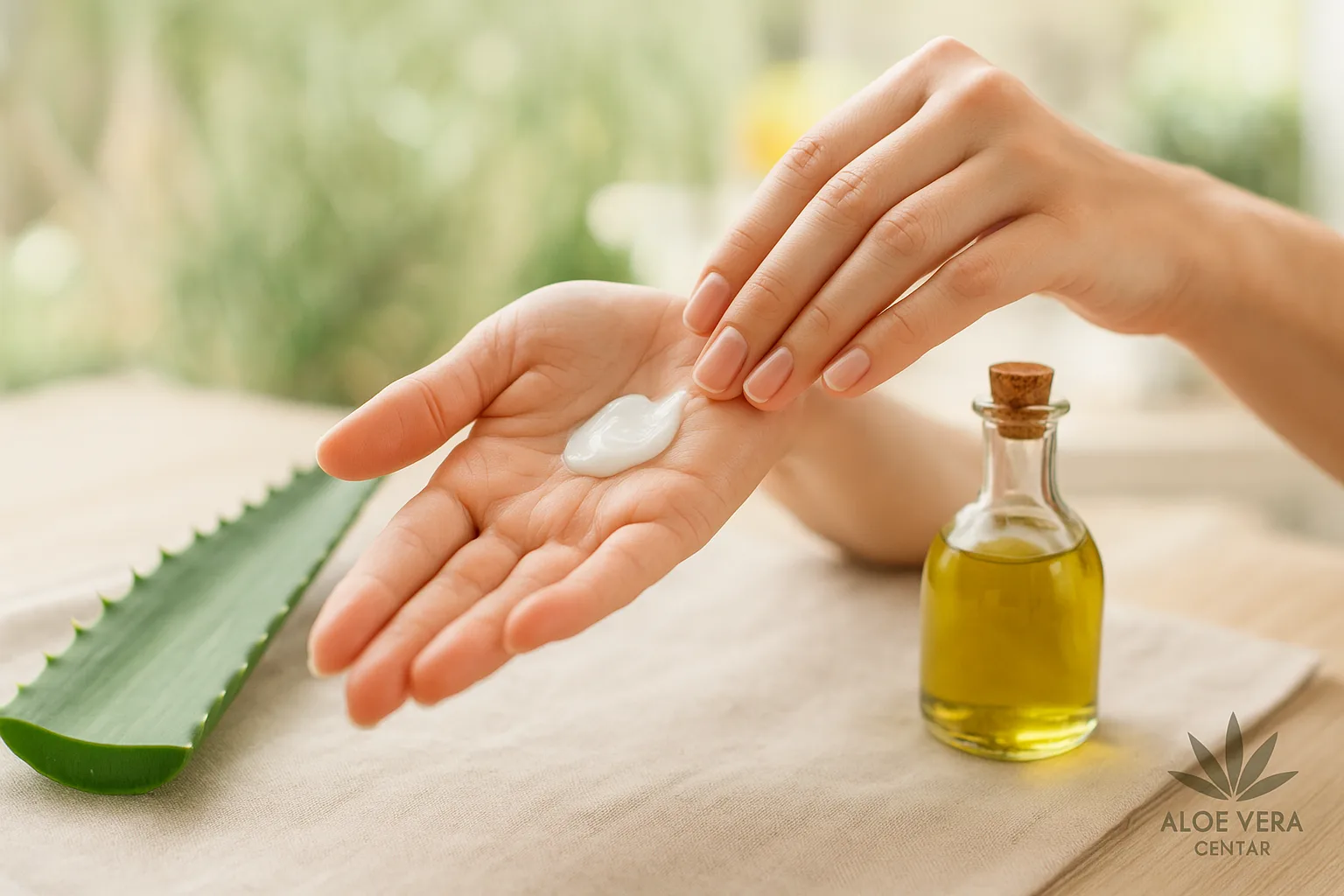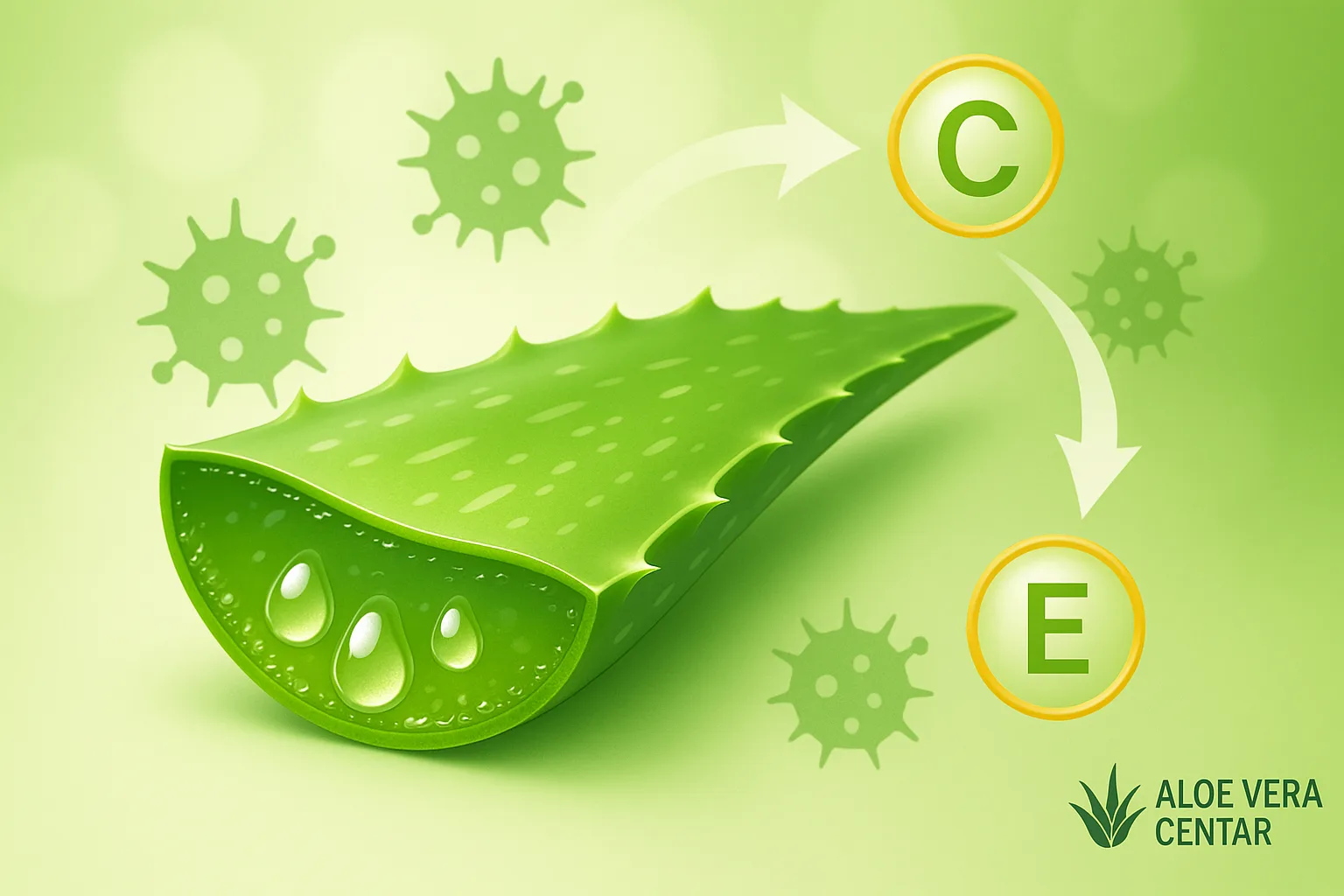
Stress in Adolescents – 7 Steps how Parents Can Help
Stress in Adolescents: How Parents Can Recognize and Help
Stress in adolescents often hides behind phrases like “I’m fine” or “leave me alone”. You might wonder why, when your teenager has a home, school, and friends. Here’s the thing: puberty triggers a hormone storm, social media intensifies comparison, and school obligations and expectations create pressure that isn’t always visible at first glance. In this guide, you’ll get a clear plan on how to recognize early signs of stress and how to provide support that really helps, step by step. Sounds too good to be true? Keep reading.
Why Teenagers Today Are Under Greater Pressure
Adolescence is a period of rapid changes in body and brain. Emotions are more intense, cognitive functions are still developing, and identity is just being formed. Add constant screen connectivity and academic expectations, and we get an environment conducive to chronic stress.
- School and performance: tests, standards, and fear of failure can create a spiral of pressure.
- Social media: the illusion of perfection increases feelings of inadequacy. Read more about mindful screen use in the guide for social media detox.
- Biological changes: prefrontal cortex development affects self-regulation and decision-making.
- Family dynamics: lack of quality communication and overloaded schedules increase tension.
According to the World Health Organization, adolescent mental health is crucial for long-term well-being and is connected to success in school and relationships in family and community. Learn more in the WHO summary on adolescent mental health.
How to Recognize Early Signs of Stress
Some signs are loud, others quiet. The key is in changes in habits and behavior compared to your child’s usual pattern.
Emotional Signs
- Sudden irritability, tearfulness, or withdrawal
- Feelings of worthlessness, overwhelm, or guilt
- Hypersensitivity to criticism and strong fear of mistakes
Cognitive Signs
- Difficulties with focus and memory
- Catastrophic thinking and constant worry
- Perfectionism that blocks action
Behavioral Signs
- Withdrawal from family activities and hobbies
- Procrastination and loss of motivation
- Increased time on phone, especially late at night
Physical Signs
- Headaches, stomach aches, shoulder tension
- Insomnia or excessive sleeping
- Changes in appetite and digestion
If you want to understand deeper how stress looks in younger children and the transition to adolescence, we recommend reviewing the guide on stress in children.
7 Steps for Parents: A Practical Plan for the Next 2 Weeks
Agree with your teenager to try a mini plan together. Make it visible on the fridge and involve the whole family. Small steps create big momentum.
1. Open a Conversation Without Pressure
Start with reflection: “I notice you’ve been more tired and quiet lately. I want to understand how I can help.” Ask open-ended questions and avoid quick advice. If the topic shifts to sleep concerns, check out practical exercises from the article on anxiety and sleep.
2. Establish Sleep Hygiene
Teenagers need 8 to 10 hours of night sleep. Sleep Foundation recommends a regular bedtime routine, eliminating screens an hour before bed, and turning off notifications.
3. Set Digital Boundaries
Agree on 2 to 3 intervals during the day for responding to messages and turn off apps at least an hour before bedtime. If it’s difficult, start with a notification-free weekend and get inspired by small rituals from the article Power of Silence.
4. Small Security Meals
Stable energy levels reduce irritability. Plan ahead simple meals and snacks rich in protein and fiber. For faster weekly organization, use practical tips from the meal prep guide and ideas for healthy dinners.
5. Movement as a Valve
Physical activity reduces cortisol levels and increases stress resistance. Just 30 minutes of light to moderate movement most days of the week is enough. If motivation drops, try walking with focus on breathing, similar to principles from the article training without music.
6. Hydration and Smart Drinks
Mild dehydration can increase fatigue and headaches. A simple rule is 6 to 8 glasses of water daily, more with sports. Read about the importance of fluid intake in the guide water intake.
7. Mindfulness Micro-breaks
Three times daily for 60 seconds of focused breathing can lower stress levels. According to WebMD’s explanation on mindfulness, short mindfulness exercises improve focus and emotion regulation. If you want a more structured approach, cognitive-behavioral techniques are practiced with professional support and are well described in the comprehensive guide on Healthline.
Examples of Trust-Building Phrases
- “We don’t have to solve everything today. We can start with small steps.”
- “How you feel is important to me. Tell me what’s most difficult for you right now.”
- “If it’s easier, we can walk and talk.”
- “I understand your phone is important to you. We can figure out fair rules together.”
Nutrition, Digestion, and Mood: The Connection We Often Forget
Stress and gut communicate through a two-way path via the gut-brain axis. Balanced nutrition, fiber, and probiotics help stabilize mood. If you want to support gut microbiome, consider a quality probiotic like Forever Active Pro B and include fermented foods like yogurt or kefir. Read about probiotic and diet synergy in the practical guide probiotics diet.
For evening calming, without caffeine and sugar, you can serve a mild herbal drink. An example is the soothing Aloe Blossom Herbal Tea, which easily fits into family ritual. Find a more comprehensive overview of herbs and flavors in the article about taste and ingredients of aloe flower tea.
Omega-3, Vitamins, and Supplement Caution
Some studies suggest that omega-3 fatty acids can support mood, especially EPA and DHA. If you’re considering a supplement, look at a pure source like Forever Arctic Sea Omega. Reminder: for adolescents, coordinate any supplementation with pediatrician or doctor recommendations.
When immunity is under pressure, parents sometimes think of vitamin C. If you’re looking for a daily source in the family, explore slow-release formulations like Forever Absorbent C. However, priority should remain on quality nutrition and diverse fruits and vegetables. For a broader picture of microelements supporting the nervous system, check the overview of B complex.
How to Recognize When Professional Help is Needed
Not every crisis is urgent, but there are clear signals for action:
- Persistent symptoms lasting longer than 2 to 4 weeks despite routine changes
- Pronounced isolation, self-harm, or talk of worthlessness
- Worsening difficulties in school and relationships
Start with your primary care physician, school psychologist, or youth counseling center. If you need quick orientation about possible steps and self-care routine products, you can use our AI advisor in just a few minutes and get personalized recommendations.
Additional Resources for Parents
- What is cognitive-behavioral therapy and how it helps: Healthline guide
- Routines for calm sleep and evening rituals: article on anxiety and sleep
- Learning soft skills and emotion management: guide to emotional intelligence
Simple Weekly Routine That Works
Week 1: Foundations of Calmness
- Set time for phone-free conversation: 15 minutes daily
- Set screen curfew: turning off notifications 60 minutes before sleep
- Introduce 2 thirty-minute walks
- Calming drink after dinner and brief gratitude
Week 2: Building Resilience
- Add 1 twenty-minute strength or stretching activity
- Plan 3 simple meals ahead with ideas from the meal prep guide
- Introduce practice of 3 times daily 60-second mindful breathing
- Increase hydration and check recommendations from the article on water intake
What to Tell School and Coach
Include the class teacher, counselor, or coach with a clear message: “We want cooperation, not special privileges.” Agree on realistic deadlines and learning support. If evening training sessions are late, request schedule adjustment at least during periods of intense stress.
Frequently asked questions
How Much Stress is “Normal” in Adolescence?
Short-term stress is expected and can be stimulating. The problem becomes chronic stress that disrupts sleep, appetite, school, and relationships. If it lasts longer than several weeks, seek professional advice.
What if a Teenager Refuses to Talk?
Don’t force it. Offer “shoulder-to-shoulder” activities like walking or cooking. Leave a supportive message in a visible place and demonstrate self-care by example.
Can Diet Really Affect Mood?
Yes, quality fats, proteins, and fiber stabilize energy, and healthy gut is connected to better mood. For inspiration, check out healthy recipes, and read the summary about omega 3 fatty acids.
Can I Give Supplements Without Doctor’s Advice?
Caution is recommended for adolescents. Talk to a pediatrician before any supplement. If you want an informed choice, AI advisor can help you structure questions and approach the topic systematically.
Conclusion
When you understand stress mechanisms and have a clear plan, your teenager gets what they need most: calm guidance, security, and concrete tools. Start with small habits that make a big difference and build a culture where it’s normal to talk about emotions, seek help, and take care of yourself. If you want to support family routine with quality products and save, discreetly get 15% discount on your order. Your example will be their compass.
Note: This text is for informational purposes and is not a substitute for professional medical advice. If you suspect anxiety, depression, or risk of self-harm, contact a doctor, psychologist, or call emergency services.







